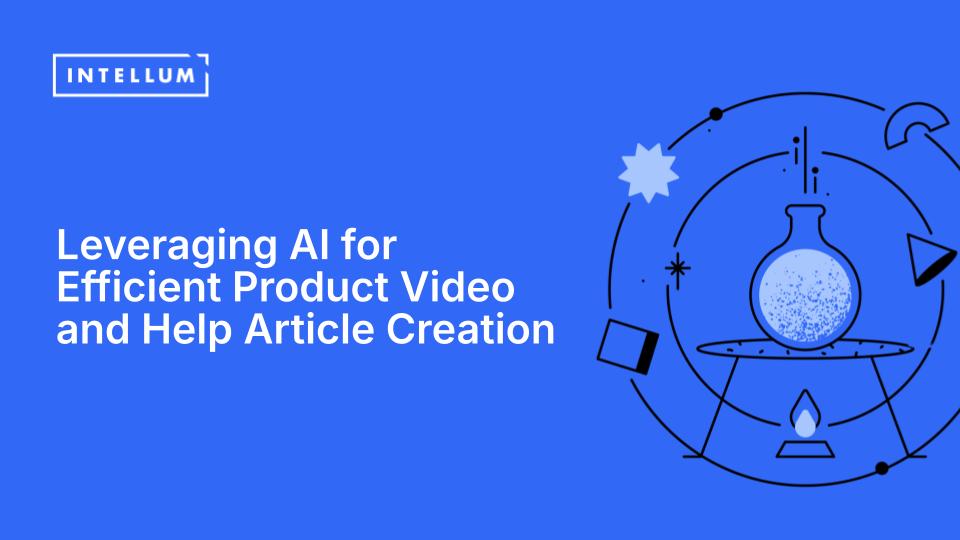Over the years, the conversation around social learning has grown and continues to grow.
And that's for good reason. The research supports social learning as a key element of knowledge transfer and retention.
But when you have a distributed workforce and customers working from around the globe, how do you encourage and promote social learning?
We dug into the data and discovered five different research-backed approaches you can use for corporate learning.
1. Leverage Cohorts
An increasingly popular method of social learning is cohort-based learning. Cohorts have long been proven to be a successful approach to learning. The research suggests cohort-based models can increase learner completion rates through increased engagement and peer support1.
More businesses are starting to apply this model to both internal and external education, through onboarding, professional development, and other courses of study.
(We’re actually kicking off a cohort-based leadership development program here at Intellum! Stay tuned for more on that.)
2. Turn on the Comments
Many companies incorporating social learning turn to discussion forums or synchronous training. Another option? Turn on the comments.
Research found that some learners engage in comment threads on videos and other pieces of education content as a way of co-creating and knowledge sharing2. (One small note: If you do turn on the comments, make sure you have someone moderating and responding!)
3. Maximize Discussion Forums
Already have a community forum? That's great! Research found that leveraging discussion tools can enhance retention, with one caveat: The conversation needs to be focused3.
When building your education programs alongside a virtual community, consider how you will engage learners with specific questions and content. Create some structure around the engagement.
Additional research has shown that including the instructor or experts in asynchronous discussion encourages productive discussion4.
4. Lean Into Communities of Practice
You've probably heard of the 70-20-10 Model: 70% of knowledge comes from job-related experiences, 20% from interactions with others, and 10% from formal educational events.
When it comes to customer education, what people need to learn is more than just how to use your product. They need to learn how to do their job better (and using your product is part of that). This is where communities of practice can be helpful—creating an opportunity to learn from other people in a similar role5. When designing education programs, don’t feel like you’re limited to content alone. See if there are ways to facilitate informal learning through engagement in these types of communities or even coaching/mentoring conversations with members of these communities.
5. Give Social Media a Try
More and more, we are seeing a trend of people learning through social networks, whether this is internal networks (like Slack) or external networks (like LinkedIn)6.
If your audience is engaged in these platforms, meet them where they’re at. Provide bite-sized learning opportunities. Engage them in conversations around your education initiatives on these different channels.
(Editor’s Note: We pulled together lists of People to Follow in L&D and People to Follow in Customer Education, if you love to learn on LinkedIn!)
The Future of Social Learning
We see social learning continuing to take priority for companies—and are excited to track the trends and read the research on what’s working and what’s not. Subscribe to updates from Intellum to stay up-to-date on what we’re learning.
Referenced Articles for Continued Learning:
1. Oldham, T., Northeastern University ProQuest Dissertations Publishing, (2017). The Impact of a Cohort-Based Learning Model on Student Success Within Vocational Technical Certificates at a Community College.
2. Dubovi, I. and Tabak, I., Computers & Education, (2020). An empirical analysis of knowledge co-construction in YouTube comments.
3. Okano, K., Kaczmarzyk, J., and Gabrieli, J., PLOS ONE, (2018). Enhancing workplace digital learning by use of the science of learning.
4. Delahunty, J., Linguistics and Education, (2018). Connecting to learn, learning to connect: Thinking together in asynchronous forum discussion.
5. Moore, A. and Klein, J., TechTrends, (2020). Facilitating Informal Learning at Work.
6. Shong, R. and Sun, Y., Computers in Human Behavior, (2021). So little time for so many ties: Fit between the social capital embedded in enterprise social media and individual learning requirements.






